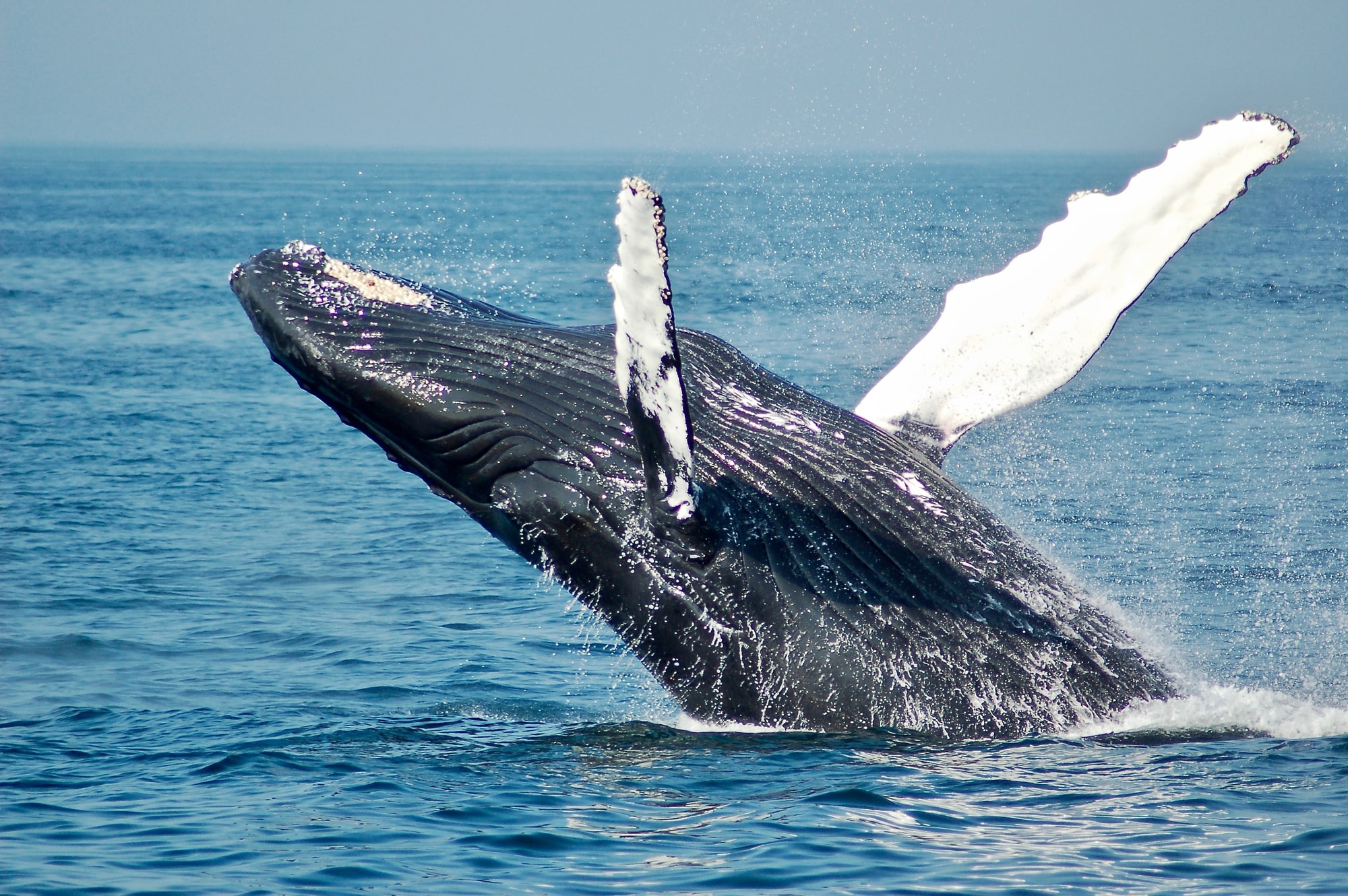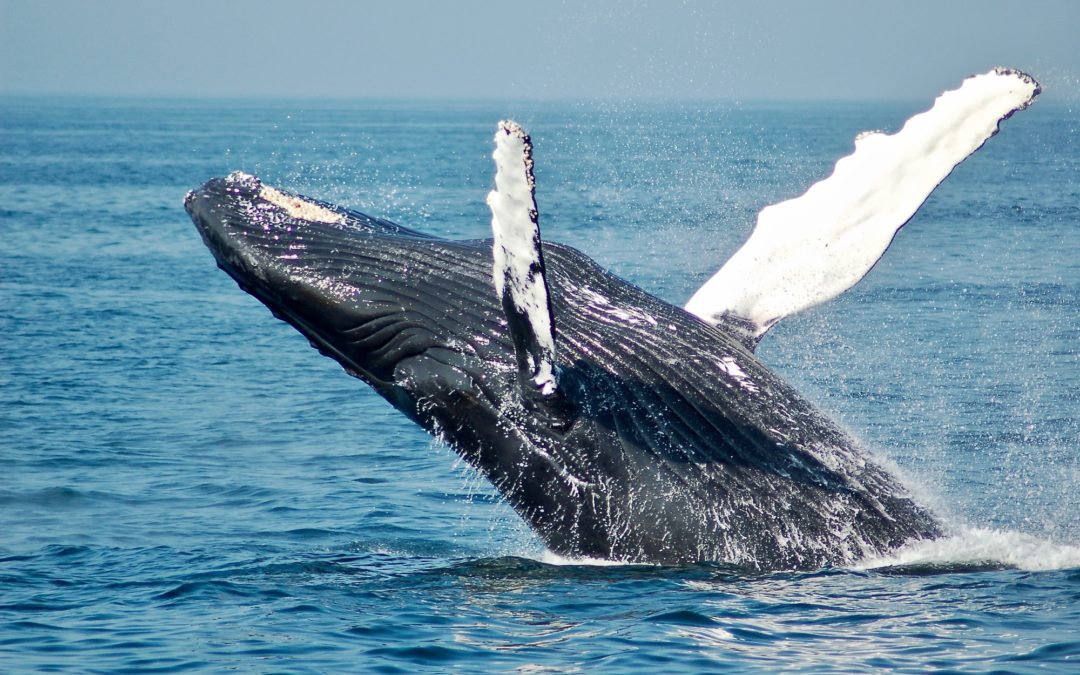
They have investigated cases where species, such as whales, have been almost extinct, but made a comeback after successful conservation measures.
The researchers point out that the marine environment has a high inherent recovery power. This makes it possible to restore the seas to how they looked before the large-scale fishing and environmental degradation began.
What is required is that the world’s countries invest $ 10-20 billion a year for the next 30 years.
The money will, among other things, go towards recreating habitats, creating conditions for sustainable fishing, reducing pollution and repairing damage caused by climate change. It may seem like a lot of money, but the researchers say we get back ten dollars for every dollar we invest in restoring the seas.
But, first and foremost, it is our shared responsibility to preserve the seas for our descendants, the researchers say.
“If we fail to meet this challenge, we leave our grandchildren ruined seas and it is not an option,” says Professor Carlos Duarte in the research group.
Meeting the challenge of substantially rebuilding marine life would be a historic milestone in humanity’s quest to achieve a globally sustainable future.
Subscribe to our weekly newsletter
Want to get a dose of fact-based optimism in your mailbox once a week? Don’t miss subscribing to our newsletter.
Warp News is run by the nonprofit Warp Institute, headquartered in Stockholm, Sweden and Raleigh, North Carolina, United States.
Most people still have a negative view of the future.
We think one important reason is the negative bias in news media.
Warp News balances that by delivering fact-based optimistic news.





